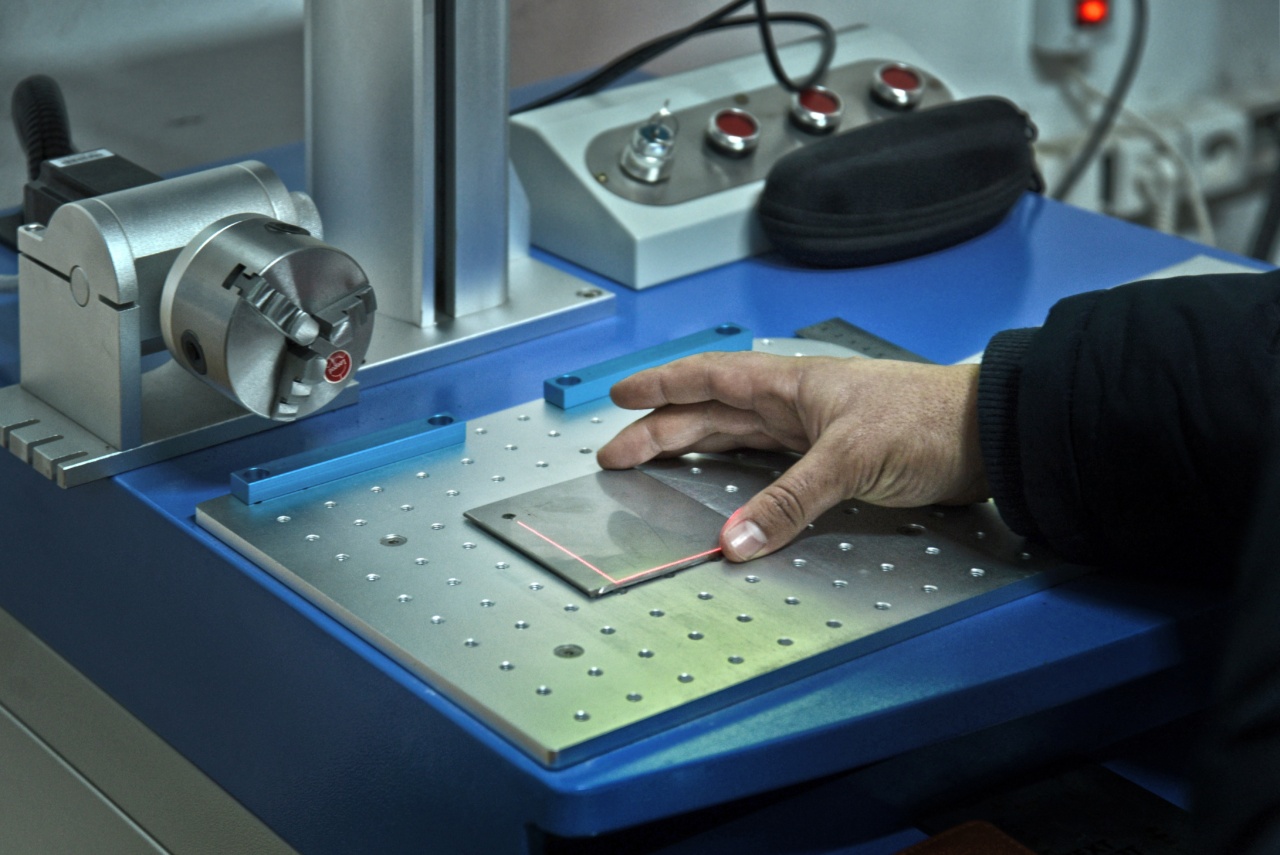Cervical cancer is a type of cancer that develops in the cervix, which is the lower part of the uterus that connects to the vagina. It is a leading cause of cancer-related deaths among women worldwide.
However, cervical cancer is one of the few types of cancer that can be prevented with regular screening tests.
What is Cervical Cancer Screening?
Cervical cancer screening is a test that is done to detect abnormal changes or growths in the cells of the cervix. These changes can lead to cancer if left untreated.
The most common type of cervical cancer screening is the Pap test, which involves scraping cells from the cervix and examining them under a microscope. However, in recent years, there has been an increasing interest in using laser technology for cervical cancer screening.
How does Laser Technology Work for Cervical Cancer Screening?
Laser technology uses a special device that emits a beam of light to remove a small sample of tissue from the cervix. The tissue is then examined under a microscope to check for abnormal cells or growths.
This method is called LEEP (loop electrosurgical excision procedure), and it is a type of cervical biopsy.
Laser technology for cervical cancer screening has several benefits over the traditional Pap test. One of the main benefits is that it is more accurate in detecting abnormal cells and growths.
Laser technology can identify even the smallest changes in the cells of the cervix, which may be missed by a Pap test. Additionally, the procedure is less invasive and less uncomfortable than a Pap test, which may encourage more women to undergo screening.
Who Should Get Cervical Cancer Screening with Laser Technology?
The American Cancer Society recommends that women should begin cervical cancer screening at age 21. Women between the ages of 21 and 29 should have a Pap test every three years.
Women between the ages of 30 and 65 should have a Pap test every five years, or a combination of a Pap test and HPV (human papillomavirus) test every five years. In some cases, a doctor may recommend more frequent screening.
Laser technology for cervical cancer screening may be recommended for women who have had abnormal Pap tests or HPV tests in the past, or for women with certain risk factors for cervical cancer, such as a history of smoking or a weakened immune system.
In general, it is best to discuss the best screening options with your doctor, who can determine which tests are most appropriate for you based on your individual risk factors.
What are the Benefits and Risks of Cervical Cancer Screening with Laser Technology?
The benefits of laser technology for cervical cancer screening include increased accuracy, less discomfort, and the ability to detect even small changes in the cells of the cervix.
Additionally, laser technology can help doctors identify abnormal cells and growths early, which can lead to earlier treatment and better outcomes.
However, there are also some risks associated with laser technology for cervical cancer screening. The most common risks include bleeding and infection.
Additionally, the procedure may cause some mild discomfort, although most women report that it is less uncomfortable than a Pap test. In rare cases, laser technology may cause scarring or damage to the cervix.
What Happens During a Cervical Cancer Screening with Laser Technology?
The procedure for cervical cancer screening with laser technology typically takes about 10-15 minutes. You will lie on an exam table with your feet in stirrups, similar to a Pap test.
Your doctor will insert a speculum into your vagina to hold it open and expose the cervix. The laser device will then be used to remove a small sample of tissue from the cervix. You may experience some mild discomfort or cramping during the procedure, but it should only last a few seconds.
After the procedure is complete, you may experience some mild bleeding or spotting. You should avoid using tampons, douching, or having sex for at least a few days after the procedure to allow your cervix to heal.
Your doctor will provide you with specific instructions on how to care for yourself after the procedure.
Conclusion
Cervical cancer screening is an important test that can help detect abnormal changes or growths in the cells of the cervix.
Laser technology for cervical cancer screening offers several benefits over traditional Pap tests, including increased accuracy and less discomfort. It is important to discuss the best screening options with your doctor, who can determine which tests are most appropriate for you based on your individual risk factors.





























